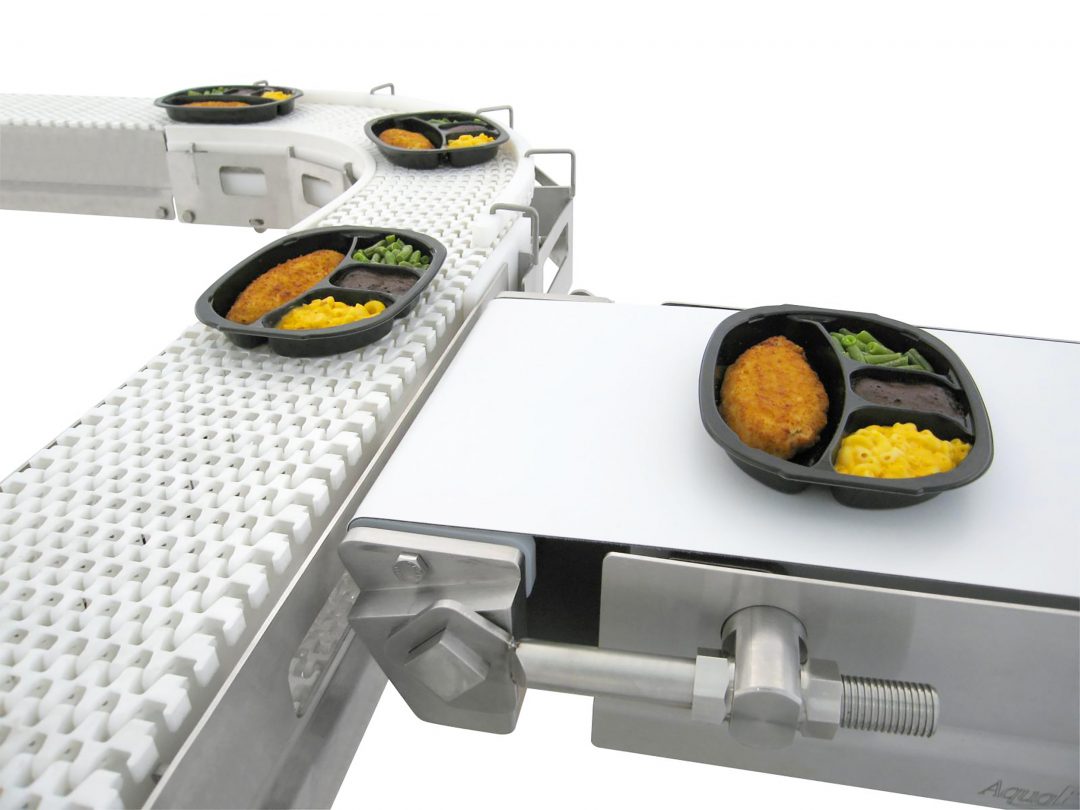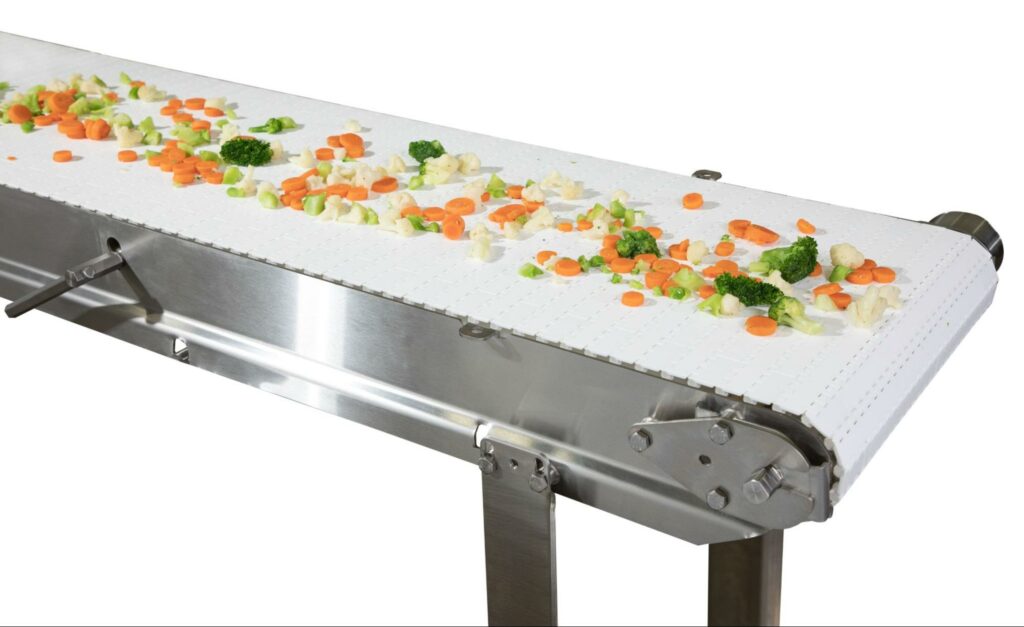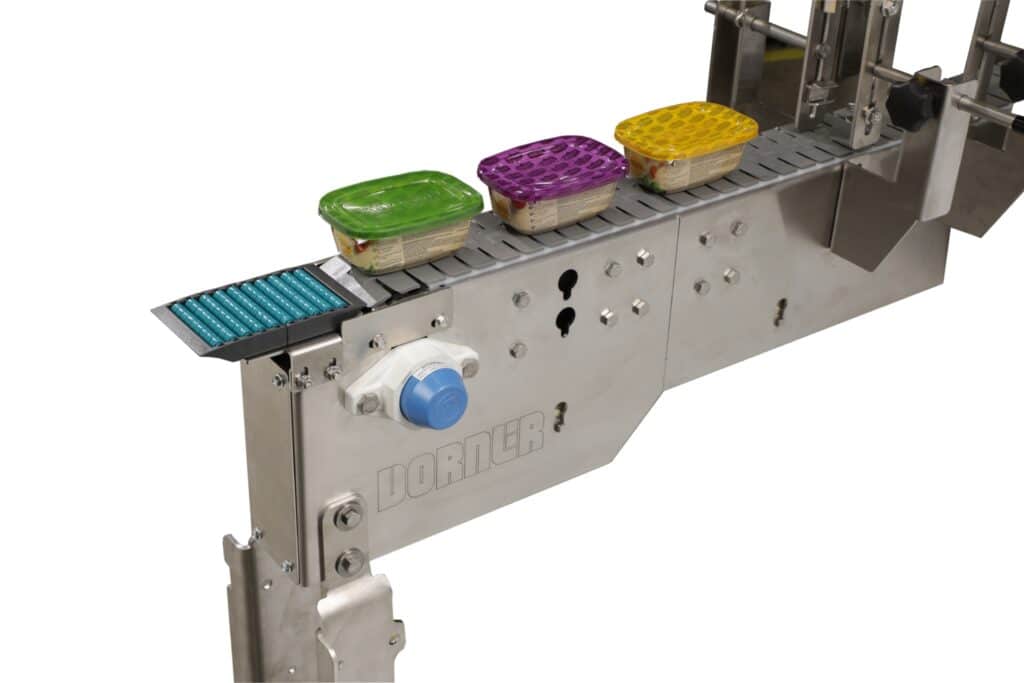
Ready-to-eat foods have come a long way since the TV dinners of our parents’ and grandparents’ childhoods. From compartmentalized aluminum trays to delivered-to-your-door fresh meal kits, ready-to-eat products have simplified lives for decades while driving innovation in convenience foods and home cooking.
As consumer demand for quality ingredients and a more comprehensive than ever variety of options increases, the RTE industry must continue to grow and adapt to find new ways to offer customers what they want while maintaining a competitive edge on the market.
History of RTE Food Products
Even before the food industry shifted away from farm to table and towards grocery stores, food producers were already experimenting with new ways to offer ready-to-eat food that was fast and easy for consumers. While the initial products were primarily rations for soldiers on the front lines during World War I, new canning and packaging methods brought easy food options to the broader world and paved the way for innovations.
In the 1940s, compartmentalized aluminum trays allowed airlines to offer full, hot meals on flights with minimal preparation. These were the first steps towards what we know today as heat-to-eat meals. Maxon Food Systems Inc., the primary supplier of civilian flight meals, attempted marketing to the wider public. Still, it wasn’t until Swanson perfected the mass production and marketing of TV dinners that RTE meals made their way into homes worldwide.

A combination of societal shifts with more women entering the workforce and innovations in safe and effective refrigeration only increased the demand for time-saving, convenient foods that were just as good as home-cooked meals. When full meals could be bought and stored in refrigerators and freezers for long periods and reheated in the microwave for dinner in minutes, consumers of nearly every demographic jumped at this innovation. In only a few decades, readymade meals went from turkey TV dinners to isles of store freezers with everything from pot pies and casseroles to pasta, kids’ meals, and breakfast.
Fresh Delivery Services
While some consumers still preferred meals cooked at home and from scratch, convenience was still a significant driving factor for the food industry. Fresh food delivery services were available even before TV dinners, and Omaha Steaks is credited as one of the earliest examples of this. Originally called the “Table Supply Meat Company,” they have been offering fresh meat delivered to consumers’ homes since 1917.
It wasn’t until 2007 that Middagsfrid, a Sweden-based company, combined the concept of readymade meals with a home grocery delivery service. Middagsfrid offered grocery delivery to homes with all the necessary ingredients to help families enjoy home-cooked meals without spending time planning and shopping for them. The instant popularity of these meal kits kickstarted a new niche in commercial food products, driving the formation of meal kit companies across Europe and, eventually, the United States.
Ready-to-Eat Meals Today
In the last ten years, there has been an explosion in the ready-to-eat industry, with companies offering everything from customizable meal subscription boxes to fresh pet food options delivered right to customers’ homes. We still see abundant convenient heat-to-eat meal options. Still, as consumers make more health-conscious decisions, they are pulling away from the readymade meals typically packed with sodium and preservatives to keep them shelf-stable. Modern consumers of ready-to-eat products are opting instead for fresh meals with fewer ingredients and healthier options that fit with their lifestyle choices.

Fresh food delivery services and subscription meal kits offer the convenience consumers expect from ready-to-eat products and the enjoyment and customizability of a home-cooked meal. Savvy consumers are also attracted to the reduction in food waste provided by the pre-measured ingredients and properly portioned meals. With the always-on-the-go lifestyles of modern consumers, meal kits and ready-to-eat options help make mealtime one less thing to worry about. However, the industry is still young, and there are plenty of opportunities for innovation and growth.
Challenges for RTE companies
One of the most significant challenges faced by ready-to-eat companies – especially those focused on fresh meal kit delivery services – is balancing the cost of production and logistics while maintaining a competitive price point for consumers. According to Market Research, meal kit delivery services are high-cost operations, and with a highly competitive market, it is difficult for many new companies to get a foothold. This business model relies on a large number of subscribers to maintain the cost of operation. With one or two companies holding most consumers in the market, smaller startups must find a way to stand out and win over customers.
At the peak of the COVID-19 pandemic, more people were choosing to stay home to eat rather than go out, which ballooned the fresh meal delivery industry and allowed more companies to take advantage of demand. The sudden demand boom during the pandemic’s peak even led to existing companies expanding operations, hiring more staff, and investing in new production equipment. However, after the pandemic subsided, more consumers canceled their subscriptions because prices were no longer competitive with grocery shopping. To combat this sudden shift, enterprising meal kit producers opt for improved automation processes to mitigate labor and operational costs while maintaining production rates and competitive pricing.
Future Outlook
Despite the post-pandemic downturn, Market Research has projected the ready-to-eat and fresh meal kit industry to grow up to 14.5% by 2032, particularly for those companies offering custom meal plans with allergen-conscious and vegan options. There could also be great opportunities for companies looking to get an edge on the market with sustainable packaging and international cuisine, as well as incorporating AI models to generate custom meal ideas for individual customers.
FoodBox HQ, a specialized publication focusing on meal kit services, predicts a boom in grocery stores partnering with meal kit producers to offer fresh meal kits. Compared to home delivery services, this unsaturated corner of the ready-to-eat market offers enormous potential for companies looking to mitigate the logistical costs and difficulty in individual consumer customizations. Additionally, in-store meal kits offer consumers the convenience and flexibility of last-minute meal decisions that they would be missing from the order-ahead model of home delivery services.
Pet Food – An Untapped Market
In recent years, we have also seen a shift in pet owners looking for healthier options for their furry friends. This opens up tremendous opportunities for pet food producers to enter the ready-to-eat market. Previously, fresh pet food meant regular visits to specialty pet supply stores where prices were often out of reach for most pet owners. However, fresh meal delivery offers new possibilities for both improved convenience and customization for owners to meet the specific health needs of their pets. According to Pet Food Industry, 79% of pet owners are willing to spend more on fresh products with fewer ingredients and more significant health benefits. With ready-to-eat pet foods growing in demand as customers focus on the health and well-being of their pets, growth opportunities for pet food companies are at an all-time high.
How Dorner Can Help
Dorner’s RTE conveyor systems are designed to add speed and improved hygiene to fresh food production applications. In ready-to-eat food production, sanitation and product quality are paramount. At Dorner, we have designed our sanitary stainless steel conveyors to reduce downtime between line changeovers and cleaning processes. With features such as an open stainless steel frame, tip-up tails, belt lifters, and toolless disassembly, conveyors can be prepped for cleaning in under two minutes, saving precious production time and keeping your operation running at peak efficiency. Specialty conveyors can also be outfitted with movable work surfaces, bin mounts, and casters to provide flexibility for processing various food products while maintaining ergonomic working conditions for staff.
At Dorner, we take great strides to build conveyor systems that comply with industry regulations. Our team of engineers will work closely with you to understand your application’s needs and design the ideal conveyor line to meet your specific requirements. With the ready-to-eat market poised for growth in the next decade, let Dorner be your asset for conveyor solutions that will carry your product and company into the future.






